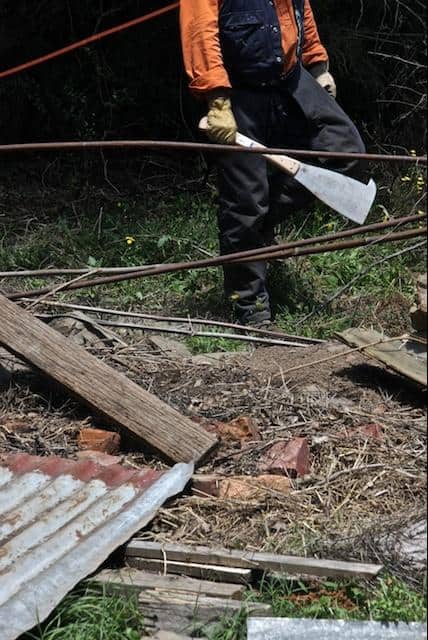Online newspaper, Indaily, has released a report by DeakinPrime which summarises a November 2010 summit conference on workers compensation. DeakinPrime facilitated the summit
InDaily focuses on the following criticisms, amongst others, from the report:
- a silo approach by Workcover
- the lack of feedback
- injured workers were not the prime consideration of Workcover
- politicisation was leading to instability
- a disassociated claims management process.
These criticisms are present in the full report but the presence of criticisms should not surprise as the nature of these summits are usually twofold – the creation of innovative solutions and an avenue for complaint. Continue reading “Online media slams Workcover SA report”



